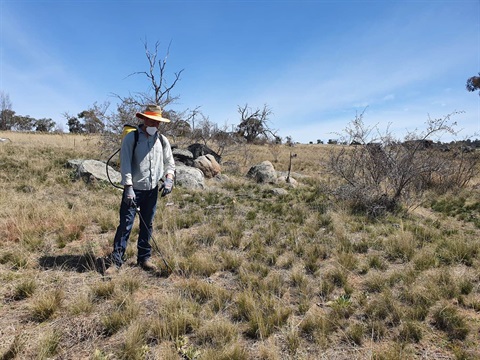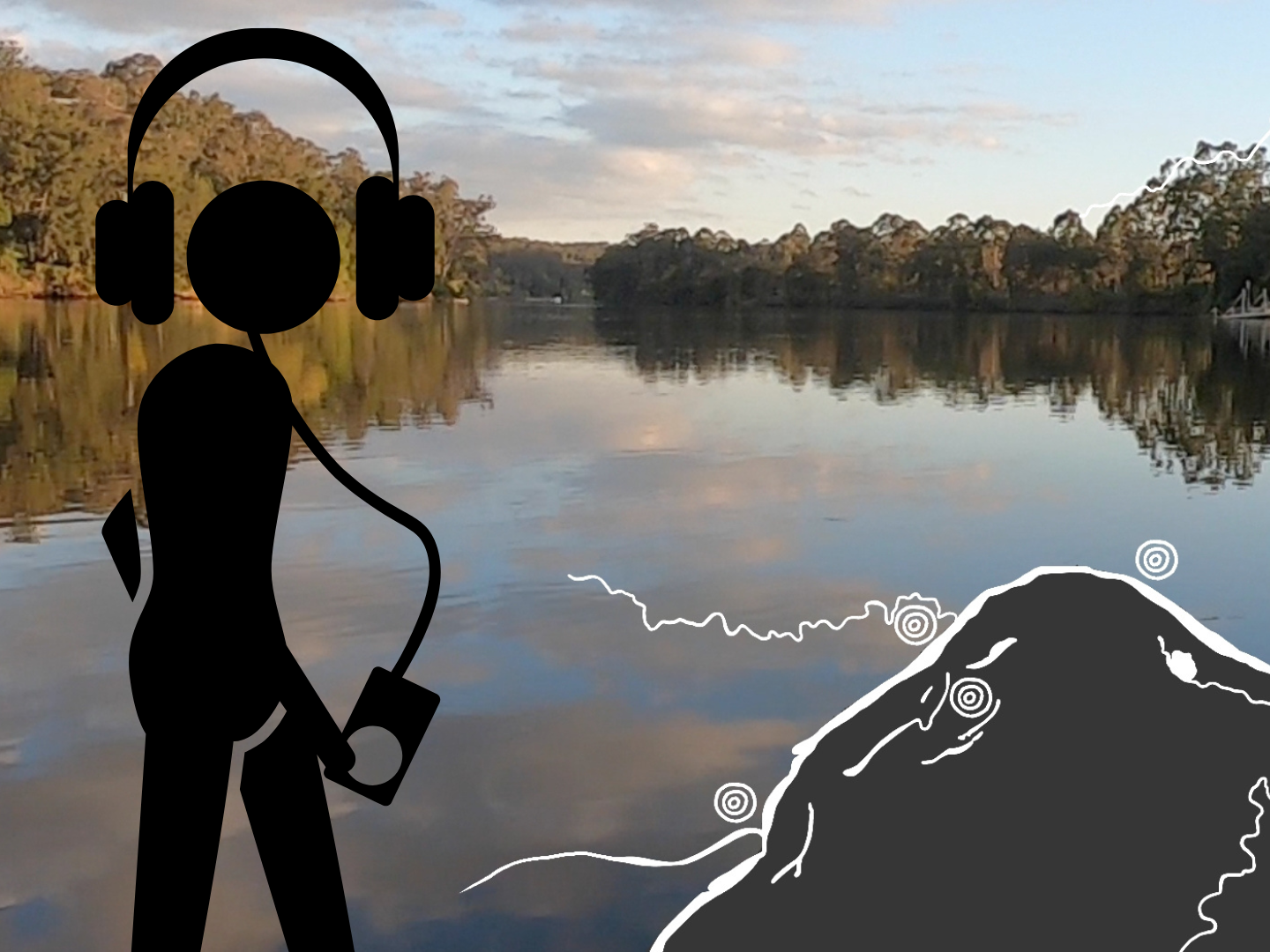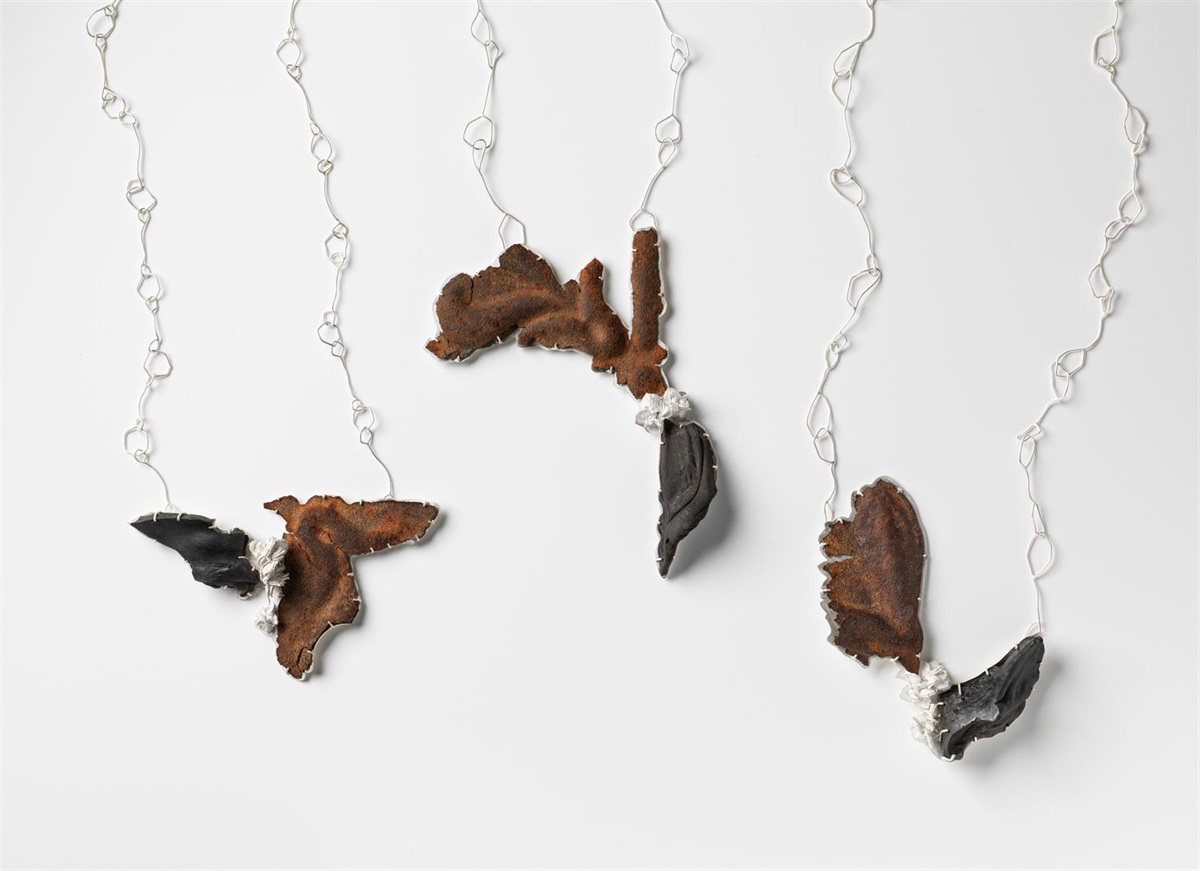
Weeds constitute a significant cost to the Australian economy each year, both in cost of control and loss of productivity.
Specific weeds can adversely impact the biodiversity as well as human and animal health. Weeds cause problems on all lands including National Parks, large farms, hobby farms, conservation/recreation blocks, public parks, and within road and rail corridors. Under the NSW Biosecurity Act 2015, minimising the adverse impacts resulting from weeds remains everyone’s responsibility. We all have a part to play.
What is a weed
Not all weeds are equal. Some are widespread and deemed low risk, while others pose a significant biosecurity risk to the economy, environment and community and are PROHIBITED by law.
It is important to understand the principles of weed detection and control as the first step is to know what constitutes a weed in your area. Each species may pose a threat to different regions depending on factors such as climate, and the extent of the established weed in that region. Some are declared in legislation as requiring control by all landholders (owners or tenants). These priority weeds are usually particularly harmful and may not yet have spread . It is in the best interest of the wider community for all landholders to adhere to laws that control these weeds on their land. There may also be prohibitions on importing or selling any part of these weeds. Under the NSW Biosecurity Act, these weeds are referred to as Prohibited Matter or deemed subject to Control Orders/Mandatory Measures. Other weeds may not be declared or listed, but there is an economic and environmental imperative to manage such weeds. This is described as a General Biosecurity Duty in the Biosecurity Act 2015.
Prevention
The best control strategy is to keep weeds out, and if they creep in, to quickly eradicate. It’s additionally important to understand how they spread, where and when to look, and the best methods to control weed outbreaks quickly.
How do weeds spread
In reality, anything that moves or is moved may cause weeds to spread. Some pathways of spread include:
Natural spread: birds, animals, water and wind as well as some weeds own mechanisms for spread eg. runners and underground rhizomes.
Accidental spread by humans via: agricultural produce, construction and landscaping materials, clothes, footwear, recreational equipment such as bicycles and boats, livestock movement, machinery and vehicles, and waste disposal.
Deliberate spread by humans: aquarium plant trade, food and medicinal plant trade, ornamental plant trade, and disregard for Biosecurity restrictions.
When controlling any weed invasions it is important to understand how they spread and take appropriate action to reduce that risk. Pathways most likely to spread weeds on farms include birds, wind, water, machinery and vehicles, fodder and livestock. The best way to minimise weed spread onto other parts of your property, or onto neighbouring properties, relies on early detection and effective control. Reduction in spreading weeds on farms can be aided by restricting the movement of newly purchased livestock, in case they are carrying weed seeds (inside or on hooves, hide or fleece). Then follow up by monitoring the quarantine area for new weeds and control them immediately.
Other ways to prevent spreading onto your land is to ensure vehicles are weed free and by restricting movement of visitor/ contractor vehicles to tracks and pathways. Monitor access tracks and pathways for emerging weed threats.
When feeding livestock hay or fodder can be bought in from another location or within region, so it is advisable to monitor feeding out areas for the emergence of new weeds. The handy booklet “Look out for new weeds in fodder” is available from Council’s Biosecurity officers or download from Council’s website.
Control
If you only have a few plants these can be manually chipped out, taking care to collect and bag any seed heads before disturbing the soil. Weed matter can then be disposed of at Council’s landfill sites in the designated Weed Bins.
Herbicide application is the best way to control larger infestations. Details of the available chemical options are on the NSW WeedWise website https://weeds.dpi.nsw.gov.au
You can also download the free WeedWise app to your smart phone for use in the field.
Always follow the directions on the herbicide label. If you do not know how to read and apply the chemical label instructions, refer to this handy guide on the APVMA website https://apvma.gov.au/node/67431
Council’s Biosecurity








